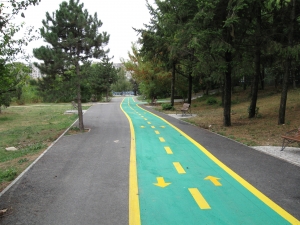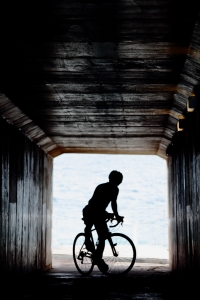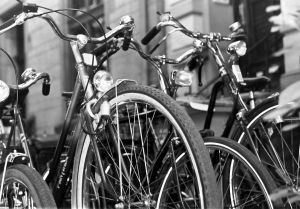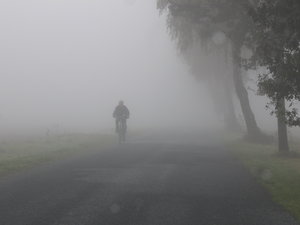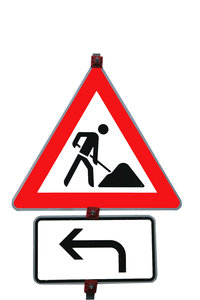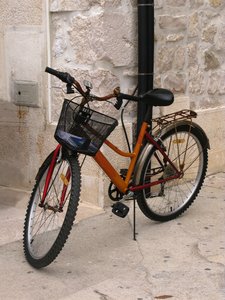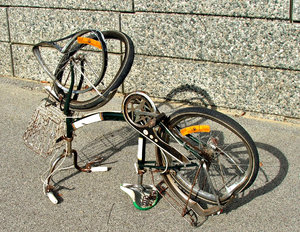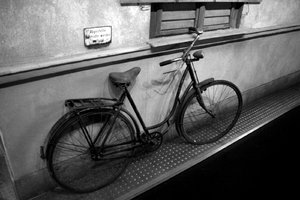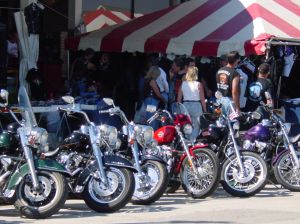The entire month of May has been dubbed National Bike Safety Month, according to MassBike. Massachusetts takes it one step further though and celebrates its own Bay State Bike Week.
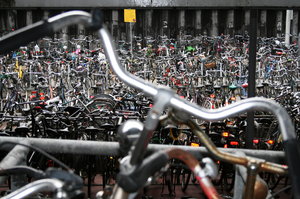
Bay State Bike Week is an annual celebration of human-powered, two-wheeled transportation. It is fitting that Massachusetts would be the only state in the nation with a statewide bike week, given our long history of biking. From Worcester’s bicycle racing champion Major Taylor to the world-famous Springfield Bicycle Club Tournament, the love of biking has deep roots in our state.
Our Boston bicycle accident lawyers understand that bicycling is a popular way to get around town, especially with the warming weather. We’re urging residents to get out there and to get involved to help spread the word about safe biking. You can check the bicycling event calendar on MassBike and find events near you.
Throughout the month, and during our Bay State Bike Week, officials will be pushing the “Same Roads, Same Rules” campaign. “Same Roads, Same Rules” is a program that is aimed at both bicyclists and motorists. It’s a program that is about coexisting in a shared space, respecting each other as human beings, using common sense and keeping yourself and others safe by following a common set of rules. The number of bicyclists has skyrocketed in the area and the need for more information has become urgent, with many on the road, bicyclists and motorists alike are too often unsure how to safely interact.
We’re here to help the bicyclists out and to get riders to refresh their bicycling safety knowledge before bike seasons gets into full swing. Read the following safety tips and share them with your biking loved ones to help ensure everyone a safe ride:
-Make sure you have plenty of space. You’ve got a legal right to the road, so use it – take the full lane when needed, stay away from car doors, and don’t squeeze between lanes. Two bicyclists can ride side-by-side, but get into single file if cars can’t pass safely.
-Ride with the flow. You want to make sure you’re riding in the same direction as traffic. That means ride on the right-hand side of the road. Never ride against oncoming traffic. It’s too dangerous.
-Give yourself a break. When you come to red lights and stop signs, you’ve got to obey them too. Use this as a time to catch your breath and take a break.
-Shine in the night. Make sure you have a light in your bicycle, not only to help you to see where you’re going, but to help others see you as well.
– Always wear a helmet. There’s no substitute and no better way to protect your head, skull and brain. Make sure your helmet fits properly and that you’re always wearing it.
Continue reading
 Boston Personal Injury Attorney Blog
Boston Personal Injury Attorney Blog


